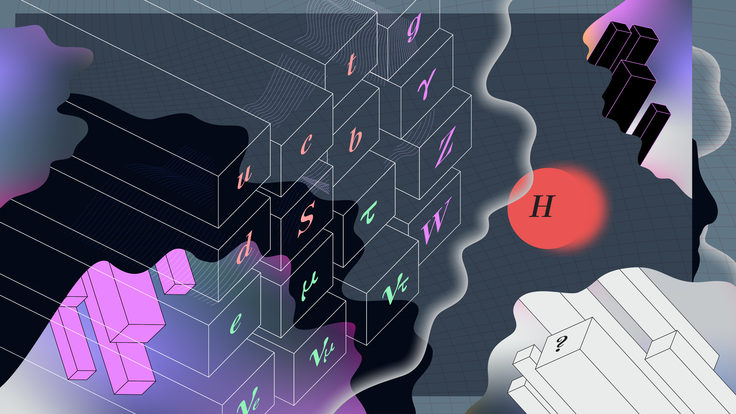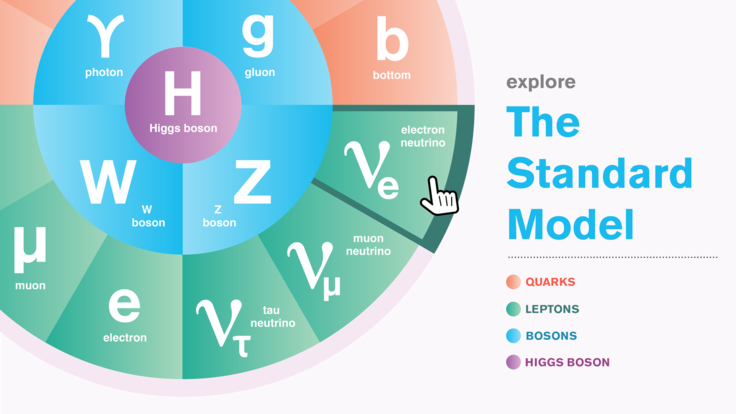Deconstruction: Dark Energy Camera goes to Chile
Doing big science takes big effort and big cooperation. Building and installing one of the worlds largest digital cameras to conduct the most extensive galaxy survey to date requires scientists and manufacturers from across the globe. Researchers from 26 institutions enlisted the help of 129 companies in the United States and about half a dozen foreign ones to fabricate the often one-of-a-kind components for the Dark Energy Camera.
By Tona Kunz
 |
Most components for the camera, part of the Dark Energy Survey, migrate to the Department of Energys Fermilab for testing before heading to the 4-meter Blanco telescope in the remote Chilean mountains. The journey requires help from planes, trains, trucks and boats to traverse continents and oceans, and ends with an 11-hour drive to a mountaintop.
The DESs combination of survey area and depth will far surpass what has come before and provide researchers for the first time with four search techniques in one powerful instrument. To find clues to the characteristics of dark energy and why the expansion of the universe is accelerating, DES will trace the history of the expanding universe roughly three-quarters of the way back to the time of the big bang.
During five years of operation, starting in 2012, the 570-megapixel camera will create in-depth color images of one-eighth of the sky, or 5000 square degrees, to measure 100,000 galaxy clusters, 4000 supernovae, and an estimated 300 million distant galaxies, about 10 million times fainter than the dimmest star you can see from Earth with the naked eye. It will yield the largest 3-D map of the cosmic web of large-scale structures in the universe.
 |
Click here to download the pdf version of this article.






